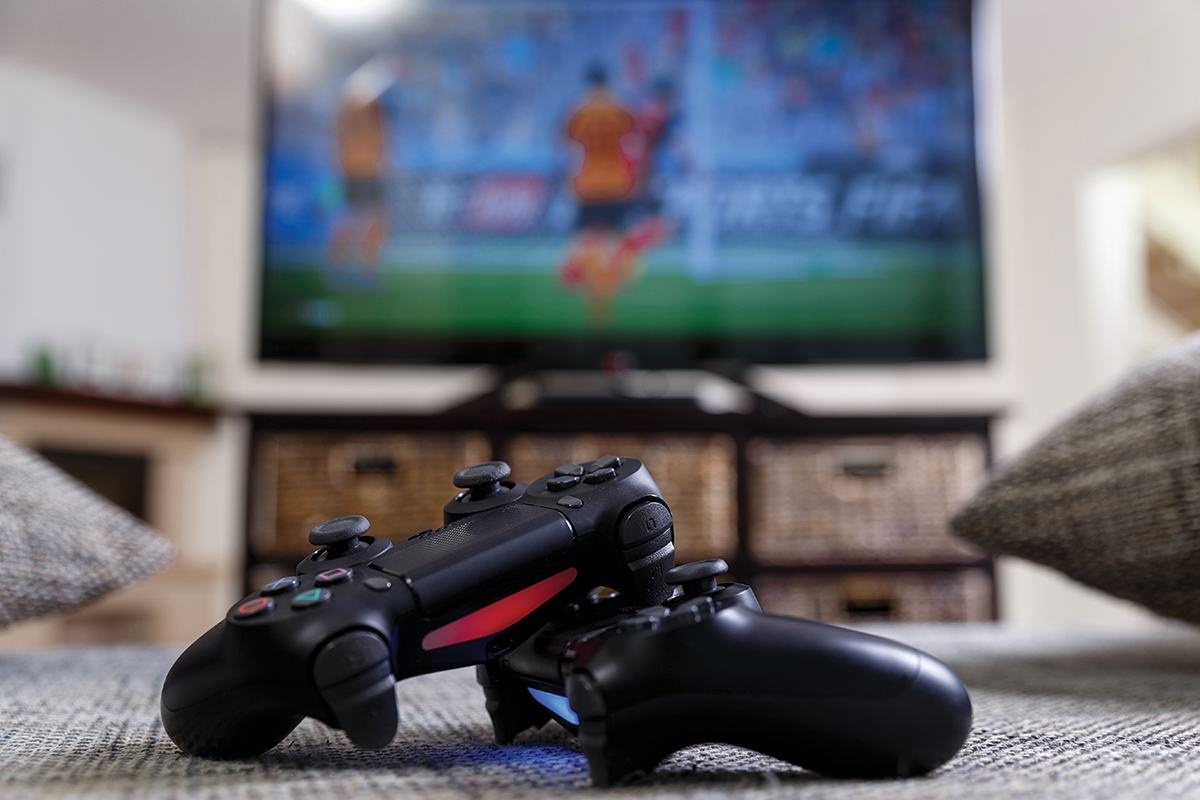Perhaps you are familiar with an undesirable aspect of the electronic and internet-of-things revolution: vampire loads. Vampire loads come from devices that use electricity even when they appear to be off. The primary culprits are chargers, cable and satellite TV boxes, instant-on TVs and gaming systems. There are others, but these four represent the major offenders.
Let’s look at how vampire loads occur and why they are approaching 10 percent of average household electricity use, according to the U.S. Environmental Protection Agency.
Chargers take 120 volts of power at the outlet and reduce it to the voltage required by the connected device, usually 5–12 volts. Obviously, when your device is charging, the charger is using electricity—but you might be surprised to learn that chargers still use small amounts of energy even when they’re not connected to anything.
Cable and satellite TV boxes also consume energy when they appear to be inactive. Anytime the box’s lights are on, it is using power. Like chargers, they use more when the television is on, but they are always working—even when the TV is off. This is especially true for those devices with a DVR function that records your favorite TV shows.
The instant-on television is another culprit. The intention of the instant-on feature is instant gratification for the viewer, meaning there’s no waiting for the TV to turn on and warm up. Unfortunately, for that convenience, the TV must remain on standby at nearly full power, which can be a real energy drain.
A typical gaming console can use as much energy as a refrigerator, even when it’s not being used. Make sure to check the console settings and disable automatic updates, which are where the main energy drain comes from. Games on the console are frequently updated, and each update requires a lot of electricity.
So how does the average family combat these dreaded vampire loads? Garlands of garlic? Silver bullets?
Fortunately, none of the remedies of fable are necessary. You just need to change how you handle energy-sucking electronics. Here are a few suggestions:
- Unplug chargers when not in use.
- Invest in smart power strips. These look like normal power strips but have a twist: One of the outlets is the “master” that receives power all the time. The others are off. When the device connected to the master outlet turns on, the rest of the outlets receive power, too. Ingenious and perfect for entertainment setups. Plug the television into the master outlet, and when you turn it on, the cable or satellite box, speakers, streaming devices, etc., will turn on, too. These are also ideal for PCs and their peripherals.
- Disable the instant-on function on your TV. Turn off cable and satellite boxes that do not contain DVR functionality, or use a smart power strip.
- Disable automatic updates in gaming consoles and turn the consoles completely off when you finish using them.
- When replacing any device or appliance, look for an Energy Star-rated product. These energy-efficient items save you money in operating costs.
Vampire loads are a real problem that will only continue to grow as the digital age advances. But you can fight the vampires with vigilance and application of the recommendations above. Check with your co-op for additional suggestions and energy-saving advice.


